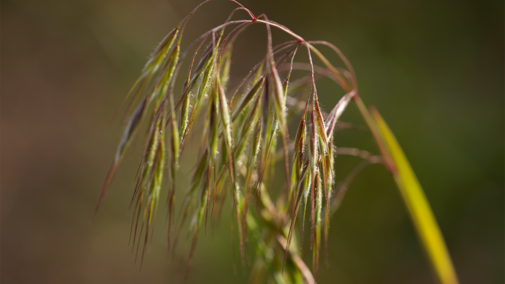Lease Agreements: Verbal Vs. Written
Producers and landowners have a few leasing options to choose from. One common approach is the use of verbal agreements, though there are important rules and dates to keep in mind when considering the termination of such leases, especially for crop and pasture arrangements.
According to a ruling by the Nebraska Supreme Court, the lease year for year-to-year verbal leases begins on March 1. If a landowner wishes to terminate a verbal lease for crop production, the tenant must be notified six months prior to the lease's end — by Sept. 1 at the latest. To ensure the termination notice is properly received, it’s recommended to send it via Registered Mail™, which requires the recipient’s signature as proof.
Pasture leases, on the other hand, operate differently. These agreements typically cover the five to six-month grazing season and automatically end once the season is over. While this is the norm, longer lease terms can be negotiated through a written agreement.
In all cases, it is advisable to use written leases instead of relying on verbal or “handshake” agreements. Written leases provide clarity and protection for both parties. Resources like the Ag Lease 101 Document Library offer sample leases to guide producers and landowners in establishing suitable terms for their situations.
Controlling Winter Annual Bromes
Cheatgrass, sometimes called downy brome, or wild oats is an annual weedy grass that can be a problem in pastures, particularly in central and western Nebraska.
Cheatgrass often invades thin or overgrazed pastures in fall and early spring. Livestock dislike grazing it after it becomes mature and over time it can take over and make large patches in a pasture.
Research by the University of Nebraska evaluated herbicides for controlling cheatgrass. Products containing rimsulfuron and imazapic (Plateau®) can provide good control of cheatgrass from a single application, but control can vary widely from year to year depending on when the application is made, maturity of cheatgrass plants, and the weather patterns. A one-time management operation, utilizing grazing, mowing, or a non-residual herbicide, like rimsulfuron or imazapic, usually does not have a lasting impact on the cheatgrass in the seedbank. To reduce the seedbank, control needs to be close to 100% and repeated over several years.
Rejuvra™ is a new rangeland herbicide product from Bayer that works differently from existing cheatgrass herbicides. Rejuvra™ has limited activity on emerged plants and only controls seedlings as they germinate, so it is best to apply Rejuvra™ in early fall before seeds germinate. This herbicide can provide control up to two years post application.
For warm-season grass pastures, there is another option. You can use glyphosate herbicides after top growth of these grasses has gone dormant due to a hard freeze or two. This can kill emerged annual brome seedlings or other cool-season species without harming the desirable grasses. With any herbicide, always read and follow label directions.
With these herbicide options and proper grazing management, your pastures can develop thicker stands of the more desirable grasses.
Grazing for Interseeding
Pastures and hay meadows provide higher quality feed, are more productive, and require fewer inputs when they have good forage legumes growing in them.
Outside of moisture, nitrogen is often the limiting nutrient in pasture production. While commercial fertilizer may be a quick and easy option, it’s costly. Instead, let’s grow our own nitrogen using legumes.
Do you have a pasture area or hay meadow that is relatively free of weeds and makes up no more than about 15% of your total pasture acres? If so, here is what I want you to do. From now until that grass will grow no more this year, graze that grass hard. Grub it down, then graze it some more.
Now why would I recommend overgrazing? Surely it will hurt the grass. Well, that's exactly what we want. Next spring, you will interseed legumes like red clover, white clover, and alfalfa into that grass to make it more nutritious and productive. We may even consider a winter frost seeding if conditions are right.
The biggest challenge to establishing legumes into a grass sod is competition by that existing grass on new, slow growing legume seedlings. Anything you do to reduce competition and slow down grass growth will help. Overgrazing this fall prior to next spring’s seeding will weaken the grass and slow its spring growth, thus giving new legume seedlings a better chance to get started. Areas that experienced drought this summer may have seen unplanned overgrazing this summer, interseeding may be a way to make some lemonade out of that particular lemon. Of course, all this depends on moisture next spring to work.
While you’re at it, also collect some soil samples. Then analyze them and apply any needed fertilizer. Legumes especially need good phosphorus and the proper soil pH.
So, add some legumes to your pasture next spring. Graze your grass this fall until virtually nothing is left. Then, keep grazing a couple weeks more just to make sure. Legumes you add next spring will establish better because of it.

